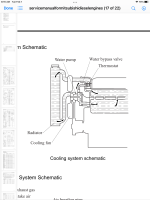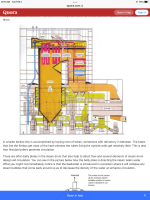No.
Not even close. The "heater" that you install in your lower radiator hose will NOT circulate ANY coolant. It is a closed system. There is no circulation until you start the engine and the water pump starts circulating coolant through the system.
A block heater heats the coolant that's sitting stationary in the block. That warms the block. That is what you're after. A warm engine block, and some of that heat does transfer to the cylinder head through the castings.
A radiator hose heater only heats the coolant that is sitting stationary inside the rubber radiator hose. The only way to circulate that warm coolant is to crank the engine, which will circulate the warm coolant a little bit (depending on if or how much "bypass" is plumbed into your coolant system, because remember, your thermostat is CLOSED, so only the small bypass passage (if you have one) will flow any coolant at the far end of the cooling system). So the warm coolant in the hose is replaced with -35 F coolant that came out of the radiator in about 5 seconds and you stop cranking and start the whole process over again of heating the cold coolant sitting in the hose again.
Not quite "worthless" but close enough to it to call it so.
Remember, there is NO "flowing" coolant unless the engine is running, or cranking, to rotate the water pump at the front of the engine.

